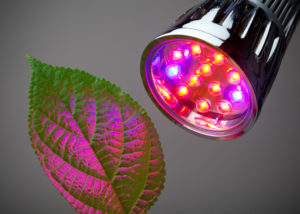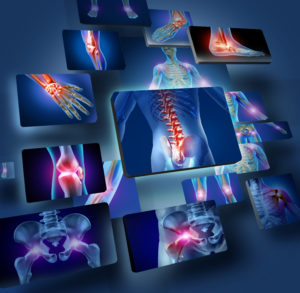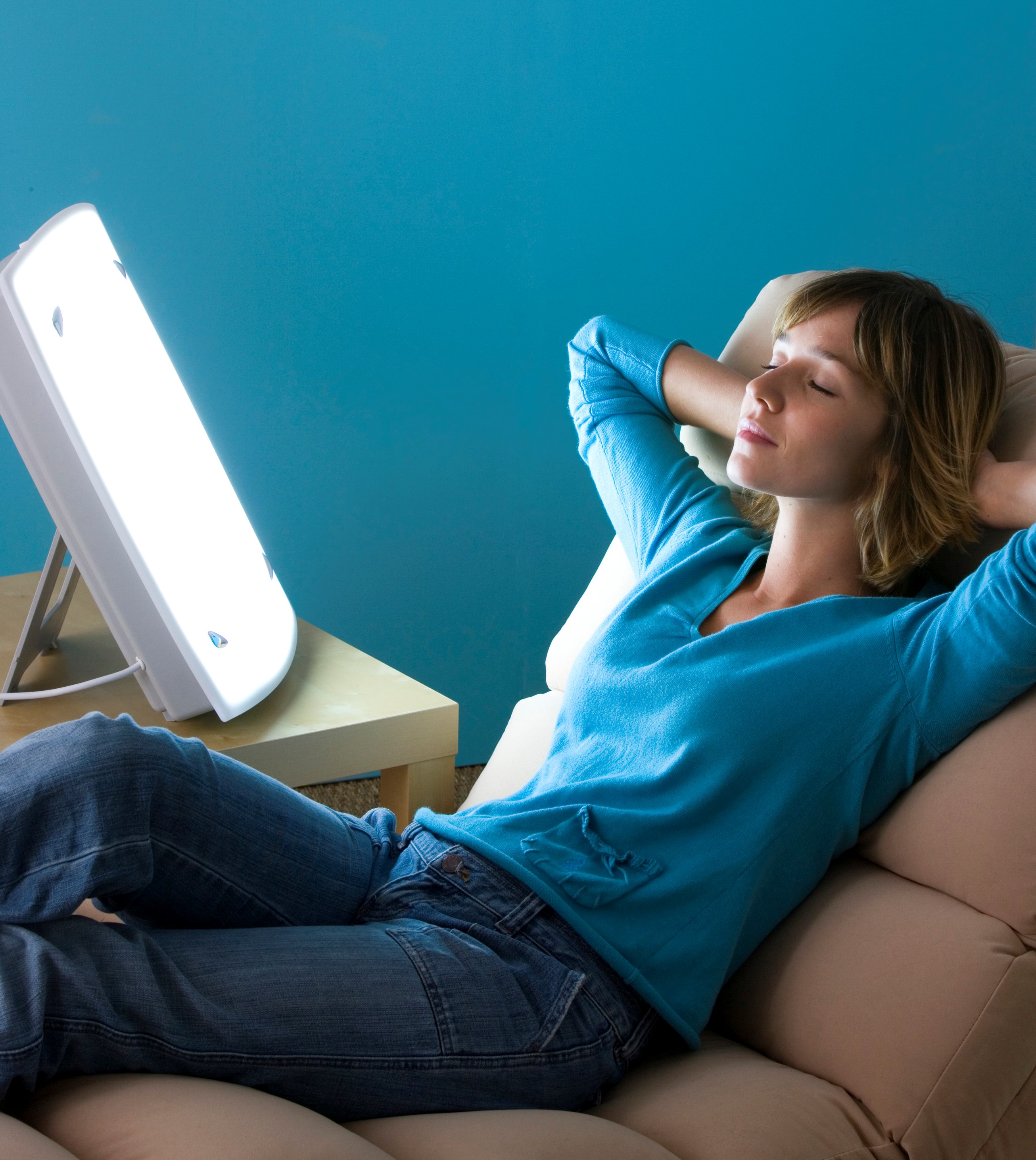LEDs – Shining a Light on Photomedicine
Angie Kellen, Director, Client Services, Open Sky Communications
After researching the various uses for LEDs on the International Space Station (ISS) for my previous blog post, I was intrigued to dig deeper and broaden my research and create a Part 2 that includes many other uses of LEDs and light for better health. Keep in mind, these are only some, not all, of the Photomedicine or medical/health applications being explored today using LEDs and light.
First, it will be helpful to understand how light and our bodies work.

Human beings have a chemical reaction to light, similar to plants and their use of photosynthesis. When light particles land on the skin, they are absorbed by light-sensitive molecules inside cells, which generate a response. This response can vary and depends on the wavelength, or color, of light and where it is used.
For example, when a longer wavelength or visibly ‘red’ light meets the skin, it stimulates mitochondria to make energy more efficiently and boost production of healing anti-inflammatories or disease-fighting antioxidants. The light acts as a very mild form of stress that activates protective mechanisms in the cells. This response is similar to how our cells respond to prolonged sunlight and turn the skin red or tan as a protective mechanism.
When light comes through the eye, the nerves that lead from the retina to the brain are stimulated. This sparks the production of neurotransmitters like serotonin and dopamine, which affect our mood. A shorter wavelength or visibly ‘blue’ light is very good at making you awake and alert. When it enters the eye, it slows the production of melatonin, which helps with sleep. This is the reason behind the effort to reduce our consumption of visible ‘blue’ light in the evening as it throws off our circadian rhythm and prevents our ability to sleep. Our cell phones, TV and other digital screens have visible blue light and there are now apps that can reduce the ‘blue hue’ in the evening.

Light therapy is not new. In the early 20th century, doctors placed patients’ beds on sunny balconies as a way to treat rickets or psoriasis. In 1903, physician Niels Finsen won the Nobel Prize for inventing a giant lamp to treat skin tuberculosis (lupus). In the 1920s, Olympic athletes bathed beneath UV rays before races to enhance their performance. Phototherapy declined when medications and growing fears about skin cancer came along. But in the past decade, with the rise of lower-cost lasers and LEDs that can deliver precise wavelengths with minimal skin-damaging UV rays, phototherapy is coming back.
In the early 1990s, the NASA Marshall Space Flight Center helped develop LED light therapy technology to allow for plant growth on shuttle missions. They found that this technique could also help heal wounds on human skin. This was advantageous as wounds don’t heal well in space and would be useful for astronauts on long missions.
As LED light therapy progressed, it became used to help with wound healing after cosmetic procedures. As additional research was performed, it was then used on the skin to improve its appearance even without surgeries. In the cosmetic world, LED light has evolved: visible red light stimulates collagen production and is used for anti-aging and inflammation; visible blue light kills bacteria and is used for reducing acne; and the combination of the two results in tightened and firmer skin and a more youthful look.

In the case of red light therapy (photobiomodulation or PMB), researchers around the world have concluded that red and near-infrared light has a significant effect on reducing joint pain and increasing function and activity for people with arthritis. This solution provides a natural, non-invasive, and drug-free option to treat joint pain and arthritis. The red light therapy works by delivering safe, concentrated wavelengths of natural light to the skin and cells, where it reduces oxidative stress and stimulates cellular energy production (adenosine triphosphate or ATP). This helps the body power itself, regenerate and heal faster, as well as reduces joint pain and inflammation.
Today, there are numerous ongoing studies exploring whether exposing the skin or eyes to specific wavelengths of light can help treat health problems. To boost mental health, doctors have used tabletop white or blue light boxes primarily to treat seasonal affective disorder, a form of depression that tends to strike when the days get shorter and bright natural light is scarce. The theory is that by using artificial light on the blue spectrum to promote alertness by day, the treatment can reset the biological clock, restoring regular sleep patterns and boosting mood.
At Massachusetts General Hospital, researchers are studying whether a red light-emitting helmet can help traumatic brain injury patients recover. At the University of California, San Francisco, scientists are studying whether a similar device can stall mental decline in people with Alzheimer’s disease and dementia. Dramatic improvements in treating head injuries and strokes can sometimes be seen after only a few 20-minute applications of PBM to the head. Also, a small study of patients with dementia found that when they wore a device that gives off near-infrared light to the skull and inside the nostril for 20-25 minutes daily for 12 weeks, they did better on memory and thinking tests. There are also larger trials underway.
There is growing evidence that green and other light colors can provide health benefits too. Currently, researchers at the University of Arizona are focusing on green light, which has a slightly longer wavelength than blue, for chronic pain. This research has shown that when rats are exposed to green LED light through the retina, it boosts production of natural painkillers called enkephalins in the spinal cord.
While I have mentioned several light therapy applications for better health, there are many, many more. Due to diligent research and countless studies, LED light therapy has now become a treatment for certain cancers and pre-cancers, chronic pain and even hair loss. Researchers believe that with the right doses, wavelengths, and techniques, LED light therapy holds a wealth of unrealized promise for widespread disorders like chronic pain and decline in memory and thinking skills. When it comes to using light therapy for serious diseases, the future looks very bright for us all.
